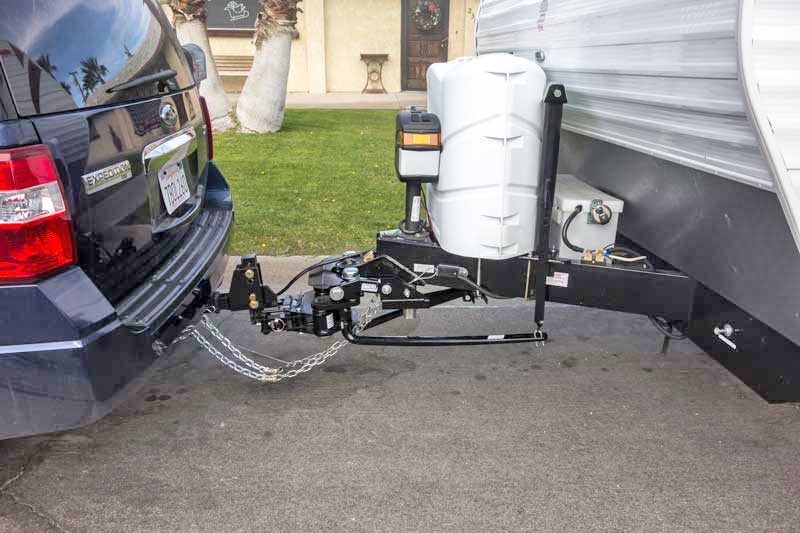Attitude
No, I’m not going to discuss the behavior of people when they are towing a trailer. Behavior isn’t the only kind of attitude.
The attitude of an airplane is its orientation relative to the earth’s horizon. Airplanes have an Attitude Indication that shows the craft’s bank and pitch. Bank is the side to side tilt and pitch refers to the nose of the plane; nose up, down, or level.
Over the Christmas holiday we drove quite a few miles along I-5 and there were an unexpected large number of people towing trailers. I was surprised how many of those trailers were being towed not level. Most of those trailers were being towed with the nose up, similar to an aircraft’s pitch. This is not a good thing.
I am not going to try and surmise why these people are towing un-level trailers, but I suspect a lot of them aren’t aware of the importance of being level or they got bad information from some Internet forum. Almost all of these observed towing combinations were travel trailers using a weight distribution hitch.
After a trailer is connected to the tow vehicle and the weight distribution spring bar tension is adjusted, the trailer should be level: meaning the trailer’s frame is parallel to the ground. A level is not the tool to use; a tape measure is. The distance from the frame to the ground at both the front of the trailer and the rear of the trailer should be equal, or darn close to equal. As an example, our trailer’s frame is over 26 feet long and we have ¾” variance with the front of the trailer a tad lower than the rear.
If for some reason the towing weights (tow vehicle gross weight and axle weights, trailer gross weight, axle weight, and tongue weight) are not within specifications, trying to compensate by towing with the trailer nose up or down is not a solution and doing so can be dangerous. The correct solution is getting all specified weights into compliance and towing the trailer level.
ProPride 10,000 mile update

It’s been a little over 3 years since we bought our travel trailer. After first towing it a couple thousand miles with an equalizer hitch that didn’t meet my expectations, we bought and installed a ProPride hitch, which now has over 10,000 miles on it. That may not sound like a lot of miles, but keep in mind that most of our trips are around 100 miles round trip. Besides, I don’t measure camping by miles towed but focus on the number of days and nights we are camping.
There probably isn’t a good reason to keep updating everyone on the ProPride other than it is a niche product and few people know what it is. I get a lot of inquiries from people who walk by our camper and wonder what the heck that “big black thing” is. In case you haven’t read my other posts on this hitch here are some links:
The hitch is still working perfectly and there have been no problems. I now lube it about once every 1,000 miles and aside from a quick visual inspection every time I connect the trailer to the SUV, there is nothing new to report. Connecting the trailer to the SUV has become routine and it just takes me a couple minutes to connect, attach the safety chains, connect the power cord, tension the spring bars, and do a walk around inspection.
